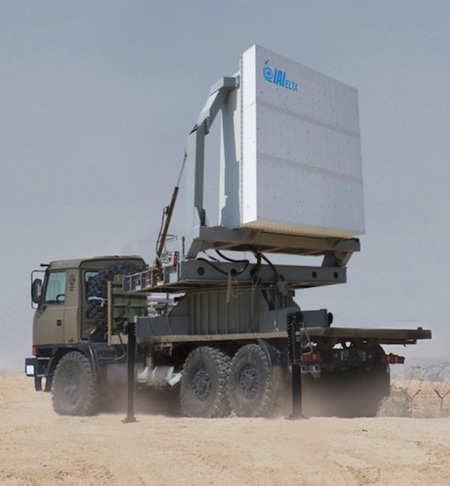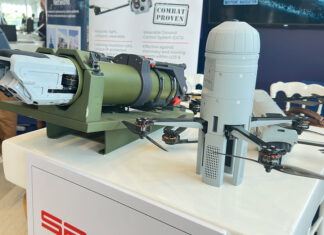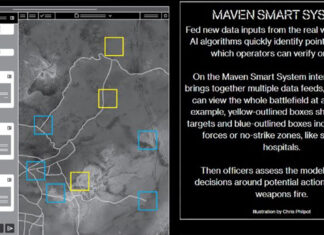
Israel Aerospace Industries (IAI) is unveiling an advanced, UHF, Active Electronically Scanned Array (AESA) Radar at the Paris Air Show. It is designed to search, detect and track ‘air breathing targets,’ including low-observable (stealth) aircraft, missiles, UAVs and ballistic missile targets at very long range, providing operating early warning. The new radar, which has already become operational with an unspecified customer, is part of the new ULTRA family of UHF radars developed by IAI’s ELTA Systems Group and subsidiary.
“Ballistic missiles present a significant global threat to nations,” explained Mr. Nissim Hadas, IAI Executive VP & ELTA President. “We note increasing requirements world-wide for early warning radars, in order to extend the currently available Air Situation Picture and allow commanders and decision makers the valuable extra time for making informed and educated decisions concerning necessary defensive measures.”
The ULTRA (ELM2090) often operates as an early warning asset, supplementing other radars, such as the Super Green Pine (ELM2080S) and the Multi-Mission Radar (ELM2084), providing increased early warning of all types of threats, including stealth aircraft and unmanned aerial systems (UAS) well beyond the range of existing sensors. Once such targets are detected, tracks can be transferred to other assets providing target acquisition and fire control.
The basic module, designated ULTRA-C1, comprises a single AESA cluster measuring 3×3 meters. It is mounted on a rotating pedestal covering 360 degrees. ULTRA C-1 is configured as a relocateable system designed to provide an autonomous search and detection capability at a range of up to 500km for a typical fighter aircraft.
“We note increasing requirements world-wide for early warning radars”
Another variant is ULTRA-C6, which comprises six clusters (three stacks of two units). It is designed to provide early warning, at long ranges, of satellites, ballistic missiles and other airborne targets, while the ULTRA C-22 (a 22-cluster configuration packing 11 stacks of two modules and measuring 10 by 30 meters) is a strategic system for the detection and tracking of ballistic missiles and space objects at very long ranges.
Both C-6 and C-22 are based in fixed sites but can be aimed at specific sectors, using trainable mounts to point the entire array toward an area with coverage of 320 degrees. These radars are employed primarily for long-range early warning against missile attacks, or for space debris monitoring and surveillance. Other cluster configurations are possible to meet specific customer requirements.
The ULTRA radars, already operationally proven, use a modular, common UHF-band cluster architecture capable of wide-angle electronic scanning in both elevation and azimuth. They can be used as autonomous search radars, supporting all defence layers: Air Defence Surveillance for medium ranges, Early Warning for long ranges, and strategic coverage for very long ranges.




















